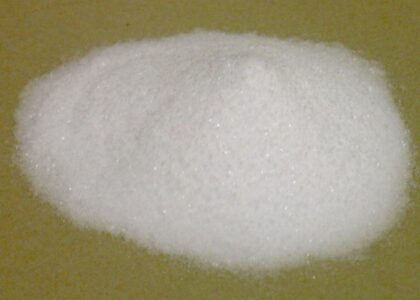One of the significant factors driving the continuous inkjet printer market is the growing usage of these printers for advertisements, which offer high print quality. Their versatility and suitability for coding and marking in various industries, including food, beverage, pharmaceutical, healthcare, beauty, cable and wire, and industrial markets, further contribute to their demand. Continuous inkjet printers offer non-contact coding, making them suitable for coding breakable products. The flexible distance between the print head and the product allows printing on curved or uneven surfaces, expanding their application range.
The better adhesion provided by continuous inkjet printers makes them suitable for surfaces like glass, plastic, and metals, making them a preferred choice for marking and coding products across multiple industries. They excel in coding on bottles, cans, sachets, films, foil, pipes, profiles, cables, and wires. Their ability to electronically control individual ink drops for printing characters on products adds to their reliability.
Get Your Free Vendor Report @ https://www.futuremarketinsights.com/reports/sample/rep-gb-5875
Continuous inkjet printers cater to various industries such as food & beverage, pharmaceuticals, automotive, cosmetics, electronics, and other industrial sectors. These printers are suitable for various marking and coding applications in packaging and are not labor-intensive. Clients have the option to alter languages as per their requirements.
Key Takeaways:
- Continuous inkjet printers can code on various materials and are used for printing variable information on individual products for traceability and compliance purposes.
- Their non-contact coding feature makes them suitable for coding breakable products, and their flexible distance from the print head allows printing on curved or uneven surfaces.
- Continuous inkjet printers are widely used in food & beverage, pharmaceutical, automotive, cosmetics, electronics, and other industries.
- They offer reliable marking and coding solutions on different materials at various orientations and speeds, supporting lot codes, dates, barcodes, logos, and text.
- Continuous inkjet printers are versatile, providing outstanding coding on a wide range of substrates, including glass, plastic, metals, wood, and more
The key players in global inkjet printer market are – Videojet Technologies, Inc., Hitachi America, Ltd., Linx Printing Technologies, Paul Leibinger GmbH & Co. KG, Keyence Corporation, Control Print Ltd., Markem-Imaje among others.
The research report presents a comprehensive assessment of the market and contains thoughtful insights, facts, historical data, and statistically supported and industry-validated market data. It also contains projections using a suitable set of assumptions and methodologies. The research report provides analysis and information according to market segments such as geographies, application, and industry.
Continuous inkjet printer market: Segmentation
On the basis of line speed, the global continuous inkjet printer market has been segmented as:
- 200-400 m/min
- 500 m/min & above
On the basis of lines of print, the global continuous inkjet printer market has been segmented as:
- Up to 3 lines
- Maximum 5 lines
- Above 5 Lines
On the basis of substrate, the global continuous inkjet printer market has been segmented as:
- Metals
- Glass
- Paper
- Plastic
- Wood
- Others
Limited Time Offer – Act Now and Save on Reports @ https://www.futuremarketinsights.com/request-discount/rep-gb-5875
On the basis of end use industry, the global continuous inkjet printer market has been segmented as:
- Food & beverages
- Cosmetics
- Automobile
- Electronics
- Pharmaceutical
- Others
About FMI
Future Market Insights, Inc. (ESOMAR certified, Stevie Award – recipient market research organization and a member of Greater New York Chamber of Commerce) provides in-depth insights into governing factors elevating the demand in the market. It discloses opportunities that will favor the market growth in various segments on the basis of Source, Application, Sales Channel and End Use over the next 10-years.
Contact Us:
Future Market Insights Inc.
Christiana Corporate, 200 Continental Drive,
Suite 401, Newark, Delaware – 19713, USA
T: +1-845-579-5705
For Sales Enquiries: sales@futuremarketinsights.com
LinkedIn| Twitter| Blogs




